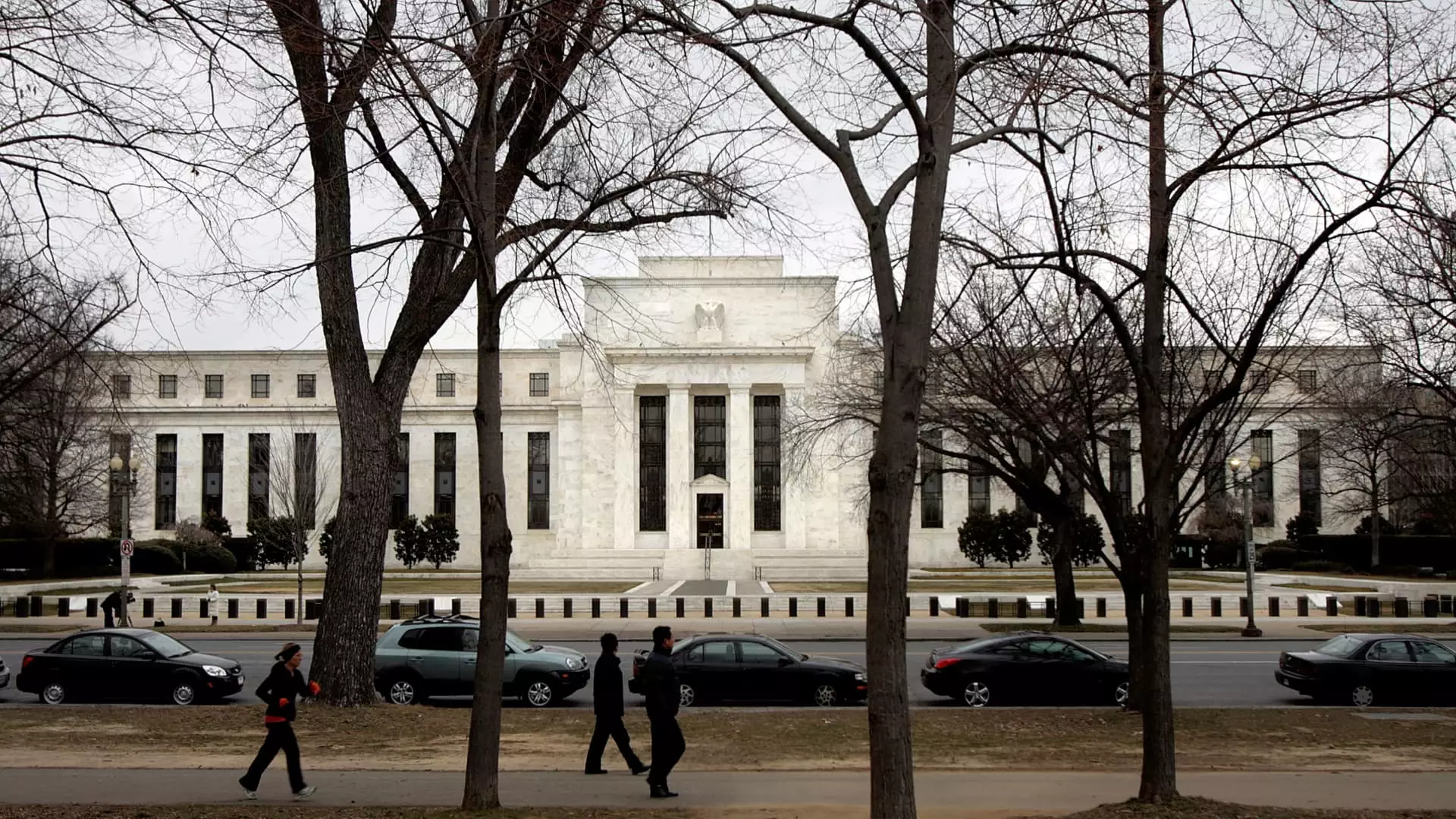As the Federal Reserve moves to keep interest rates steady, consumers face an uncertain financial future marked by varying inflation rates and increasing borrowing costs. This article delves into the implications of the Fed’s decision on various sectors, including borrowing, savings, and consumer spending, while exploring the ongoing challenges and potential outcomes in the wake of new policies.
On a recent Wednesday, the Federal Reserve opted to maintain its interest rate, a decision largely viewed as a response to the ongoing inflationary pressures that have plagued the economy since the pandemic began. Following significant cutbacks in the previous year, where rates were lowered by a full percentage point, the Fed’s stance signals a cautious approach. President Donald Trump’s recent demands for lower interest rates have compounded the narrative of political influence over the central bank’s independence, highlighting the tension between economic policy and political aspirations.
While the Fed’s move might suggest a respite from aggressive rate hikes, experts caution that inflation remains a concern. Michele Raneri from TransUnion noted the possibility of fewer rate cuts than previously anticipated. For consumers, who have already been grappling with financial strain, this suggests an extended period of high borrowing costs and minimal relief on the horizon.
For many households, the consequences of high-interest rates are immediate and real. The federal funds rate influences the cost of borrowing for consumers, even if it is not directly the rate they encounter. Over the last two years, many have witnessed their credit card interest rates rise dramatically, surpassing 20%. This spike has translated into increased monthly payments and heightened financial stress for those already navigating challenging economic conditions.
Experts, like Greg McBride at Bankrate, express skepticism about the Fed’s capacity to alleviate these burdens significantly. Even with potential rate reductions, borrowing costs are projected to remain burdensome, leaving consumers with limited options. Matt Schulz from LendingTree advises that consumers seek alternatives such as personal loans with lower interest rates or 0% balance transfer credit cards. These strategies could provide essential relief for individuals grappling with high-interest credit card debt.
The real estate market also feels the rippling effects of the Federal Reserve’s decisions. Mortgage rates, particularly for fixed-rate loans, have surged, with the average for a 30-year home loan hovering above 7%. This has curtailed homebuyers’ purchasing power, as high prices combined with elevated rates mean fewer options for potential homeowners. Current homeowners with fixed-rate mortgages are insulated from drastic changes unless they choose to refinance, yet the overall market sentiment remains constrained by financial pressures.
McBride anticipates a limited timeframe of mortgage rates within the 6% range for 2025. This continues to pose challenges, as prospective buyers are forced to make hard decisions amid fluctuating housing costs and economic uncertainties.
The automotive sector is echoing the same affordability struggles experienced in housing. Although auto loans often come with fixed rates, the overall costs of vehicles have surged in conjunction with interest rate hikes. As new vehicle prices peak, average transaction costs are nearing $50,000, placing additional strains on consumers’ budgets. Edmunds’ consumer insights highlight that ongoing high prices combined with dismal rate-cut expectations will likely prolong the affordability crisis.
These developments in both the housing and automotive sectors reflect broader macroeconomic conditions as consumers are left balancing their budgets amidst rising prices and relatively stagnant wages.
While borrowers may find the Fed’s decisions daunting, there is a silver lining for savers. Despite the stagnation in rate cuts, high-yield savings accounts are still contrastingly lucrative, with rates exceeding nearly 5%. This creates an important opportunity for consumers looking to grow their savings or develop a financial cushion. Schulz highlights the importance of leveraging this time to explore high-yield savings accounts and potentially mitigate some of the adverse effects stemming from the ongoing inflation narrative.
As the Federal Reserve navigates the complexities of interest rate policy in response to fluctuating economic conditions, consumers are bracing for a turbulent year. With high inflation and borrowing costs persisting, the struggle for financial stability becomes increasingly pressing. The ramifications of the Fed’s decisions ripple through all facets of the economy, affecting not only those seeking loans but also impacting savers looking for growth opportunities. As individuals contend with these challenges, it remains critical to adopt a strategic approach to financial management in uncertain times.

